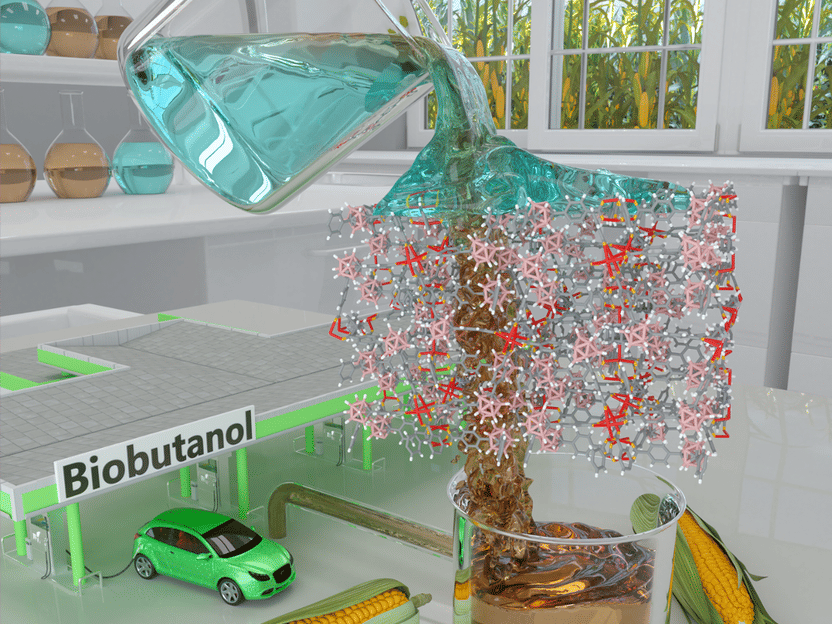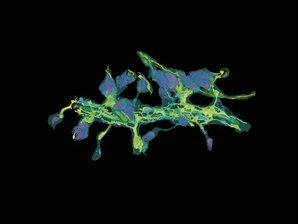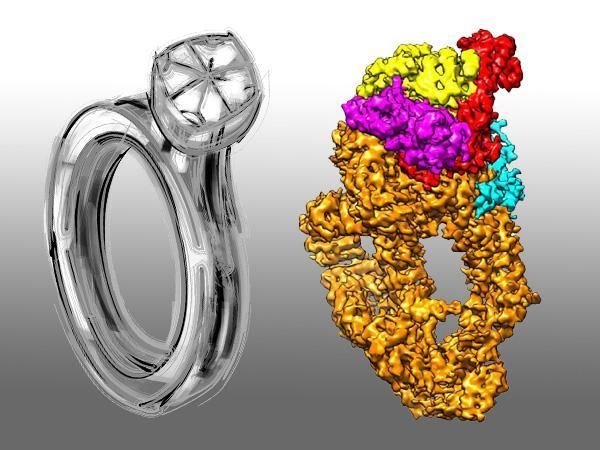Scientists Identify Amino Acid that Stops Seizures in Mice
An amino acid whose role in the body has been all but a mystery appears to act as a potent seizure inhibitor in mice, according to a study by researchers at Johns Hopkins.
In a series of experiments, the amino acid D-leucine, found in many foods and certain bacteria, interrupted prolonged seizures, a serious condition known as status epilepticus, and it did so just as effectively as the epilepsy drug diazepam — the choice of treatment for patients in the throes of convulsions — but without any of the drug’s sedative side effects.
Results of the federally funded research, reported in Neurobiology of Disease, also suggest that D-leucine works differently from all current anti-seizure therapies — a finding that may pave the way for much-needed treatments for the nearly one-third of people with epilepsy with drug-resistant forms of the condition, marked by recalcitrant seizures.
“Epilepsy treatments over the last 50 years have not improved much, so there’s an acute need for better therapeutic approaches, especially for the millions of people with drug-resistant epilepsy,” says lead investigator Adam Hartman, M.D., a pediatric neurologist at the Johns Hopkins Children’s Center and an associate professor of neurology at the Johns Hopkins University School of Medicine. “If confirmed in larger animals and humans, our results carry a real promise for those suffering from unremitting seizures.”
In the current study, investigators started out with the premise that certain amino acids may play a role in seizure prevention because they produce some of the same metabolic by-products as high-fat ketogenic diets, an alternative therapy for patients whose seizures are not well controlled on medication. A form of the diet was used as standard epilepsy treatment in the 1920s and 1930s during the pre-medication era but fell out of favor when the first epilepsy drugs emerged. An improved version of the diet, brought back into vogue by the late Johns Hopkins neurologist John Freeman, offered relief to countless children with drug-resistant seizures. However, the food regimen requires complex calculations, can be challenging to follow and doesn’t always provide complete seizure control.
In an initial set of experiments, researchers pre-treated mice with the amino acid L-leucine and another one, called D-leucine, which has a nearly identical structure to L-leucine and is essentially its biochemical mirror image.
When researchers induced seizures with shock therapy, animals pre-treated with either amino acid fared better, developing seizures at notably higher electric currents than mice that received placebo, a sign of greater seizure resistance.
Most read news
Other news from the department science

Get the life science industry in your inbox
By submitting this form you agree that LUMITOS AG will send you the newsletter(s) selected above by email. Your data will not be passed on to third parties. Your data will be stored and processed in accordance with our data protection regulations. LUMITOS may contact you by email for the purpose of advertising or market and opinion surveys. You can revoke your consent at any time without giving reasons to LUMITOS AG, Ernst-Augustin-Str. 2, 12489 Berlin, Germany or by e-mail at revoke@lumitos.com with effect for the future. In addition, each email contains a link to unsubscribe from the corresponding newsletter.
More news from our other portals
Last viewed contents

Key advance toward production of important biofuel - MOF can efficiently separate biobutanol from the fermentation broth
Bosch Packaging Technology on track - Global growth expected to continue
Applera and Bio-Rad Enter Settlement Discussions over Patent Infringement Lawsuit

Seeing how cells work as never before

Bio-based coating for wood outperforms traditional synthetic options - Researchers turn a non-toxic residue into wood coating that resists abrasion, stain, and sunlight.
AMSBIO Announces US Office
Medicon Valley Academy and Norgenta North German Life Science Agency agree on cooperation in two projects
ThromboGenics Announces License Agreement with Bharat Biotech for Novel Thrombolytic Agent





















































